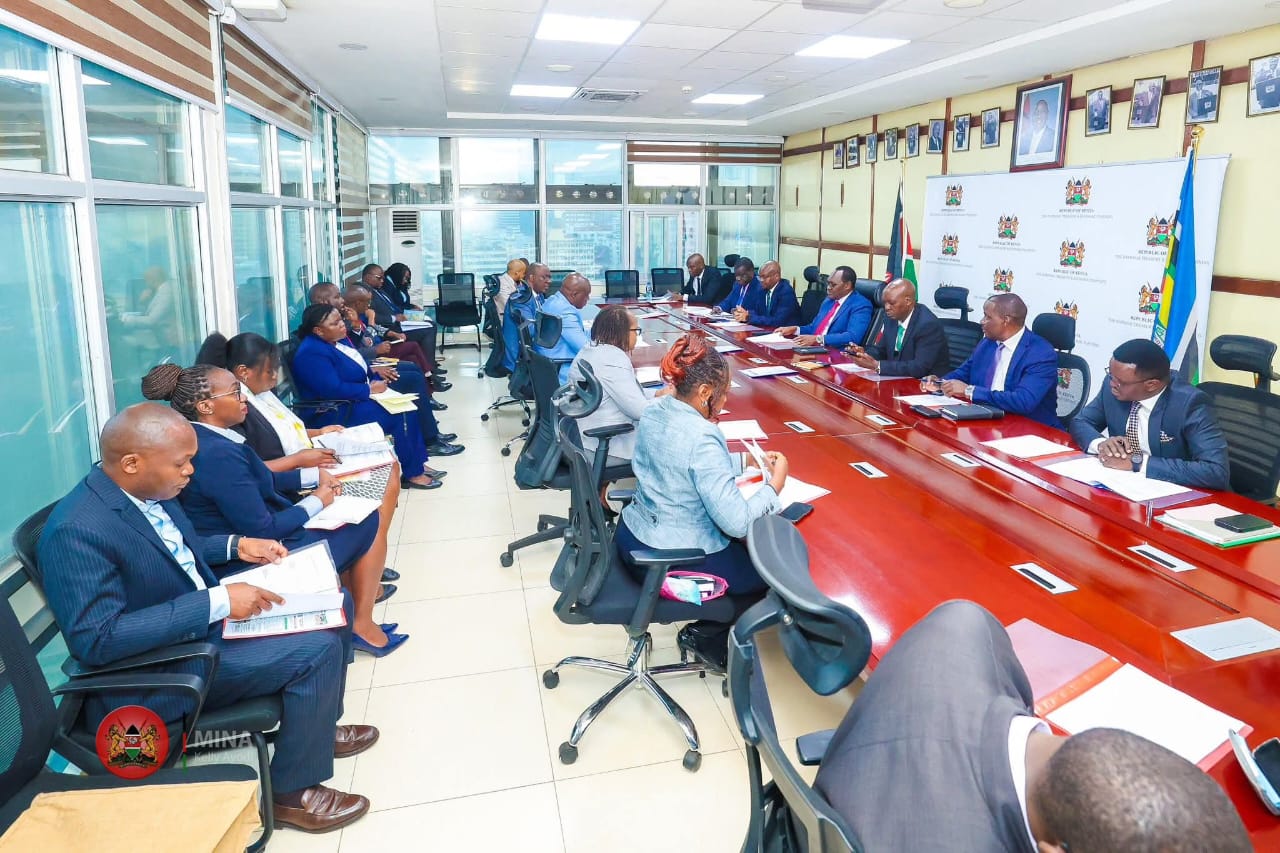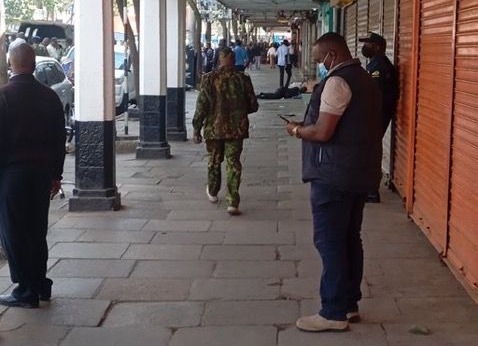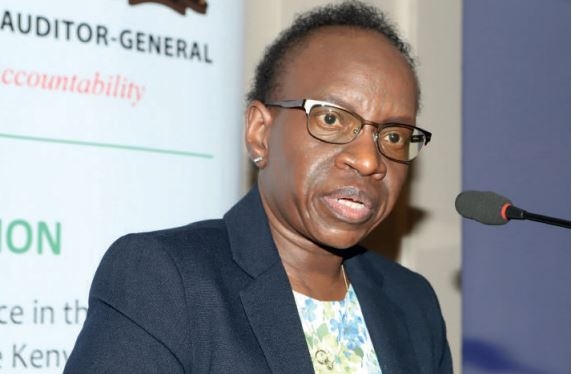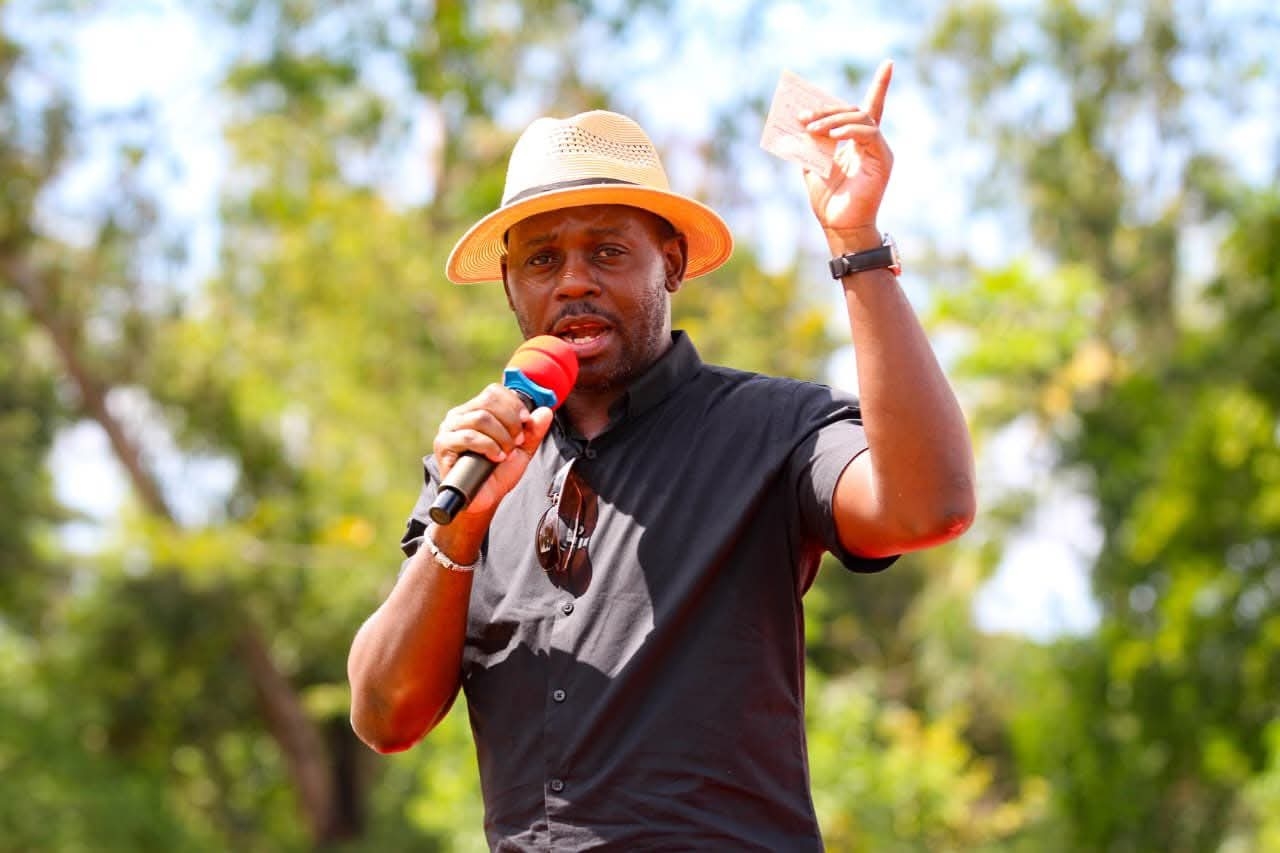 Treasury Principal Secretary Chris Kiptoo chairs the Rironi-Mau summit project steering committee in Nairobi on July 30, 2025/COURTESY
Treasury Principal Secretary Chris Kiptoo chairs the Rironi-Mau summit project steering committee in Nairobi on July 30, 2025/COURTESYThe government has stepped up efforts to accelerate the construction of the Rironi–Mau Summit dual carriageway, a major infrastructure project expected to transform transport along the busy Northern Corridor.
Treasury Principal Secretary Chris Kiptoo chaired a high-level meeting of the project’s Steering Committee in Nairobi.
The strategic session brought together key government stakeholders to review progress and align inter-agency coordination in preparation for the commencement of works.
Present at the Thursday meeting were Principal Secretaries Raymond Omollo (Interior), Joseph Mbugua (Roads), Solicitor General Shadrack Mose and representatives from other relevant ministries.
Kenya National Highways Authority (KeNHA) Director General Luka Kimeli, among other officials, was also in attendance.
The Rironi–Mau Summit road, part of the larger Nairobi–Nakuru–Malaba corridor, is set to be upgraded into a dual carriageway stretching approximately 170 kilometers.
The project begins in Rironi, Kiambu County, and will pass through Nakuru County to Mau Summit.
Once complete, it will significantly ease traffic congestion along one of Kenya’s busiest transport corridors, serving not just Western Kenya, but also Uganda, Rwanda, South Sudan, and other regional markets.
Kiptoo underscored the project’s central role in the government’s agenda to modernise transport infrastructure and promote inclusive economic growth.
“This is a flagship undertaking under our public-private partnership framework, and we are committed to seeing it through within the stipulated timelines,” he said.
The highway expansion is structured as a Public-Private Partnership (PPP) under a Design–Build–Finance–Operate–Maintain–Transfer (DBFOMT) model, with a concession period of 30 years.
Construction is expected to commence in August, with completion targeted for mid-2027.
The road will enhance the movement of goods and passengers, reduce travel time and vehicle operating costs, and boost trade along the Northern Corridor.
It is also expected to create thousands of job opportunities during and after construction.
The Steering Committee reaffirmed its commitment to working closely with all stakeholders to fast-track the implementation process and ensure that the project delivers on its promise to improve regional connectivity and unlock economic potential across counties and borders.















